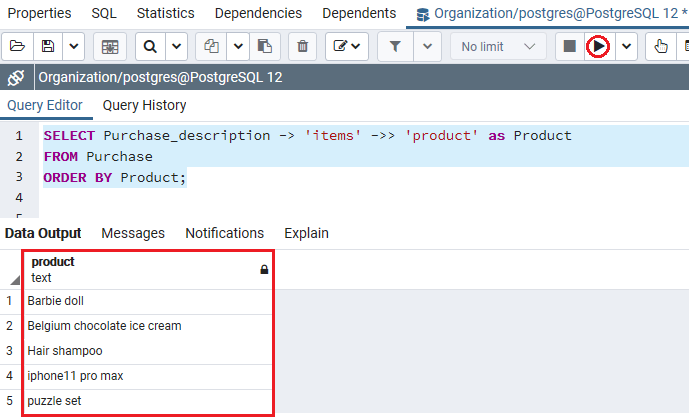

We have to note that the leading or trailing whitespace does not matter and all the constant values except for true and false must be enclosed in single quotes. PostgreSQL uses one byte to store a boolean value in the database. The boolean storage size is 1 byte only.Īlthough PostgreSQL is quite flexible when dealing with TRUE and FALSE values. PostgreSQL gives the standard SQL type boolean The boolean type can have various states true, false, and a third state which is unknown and is represented as a null value. Read: Postgresql Joins Postgresql length of boolean

We have taken a table from our database and we will find the length of the constraints in the name column. This applies although the value came from the default value explanation. If a user attempts to store data in a column that would disrupt a constraint, an error occurs. Constraints give us as much control over the data in our tables as we want. We can describe constraints on columns as well as tables in Postgresql. Like if in a table containing student information, there should be only one row for each student id. But there is no basic data type that will accept only positive numbers.Īnother issue can be supposed if we want to constrain column data concerning other columns or rows. Like a column containing a student, the fees column should perhaps only accept positive values. The constraint they give is too rough in several applications. In Postgresql, data types are methods to limit the kind of data that is stored in a table. Read: PostgreSQL group by Postgresql length constraint


 0 kommentar(er)
0 kommentar(er)
